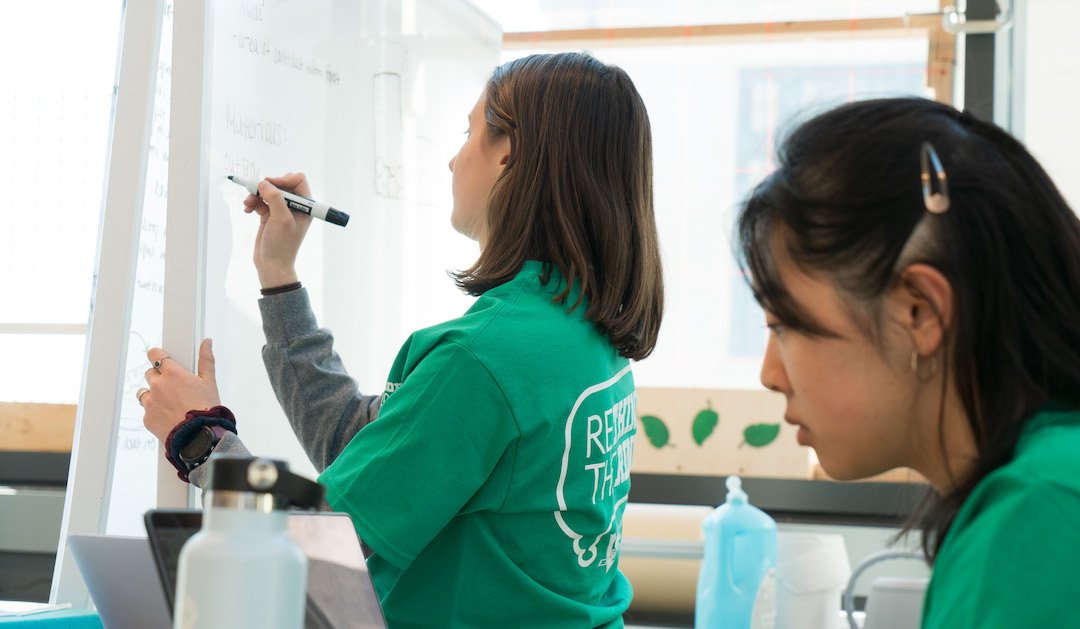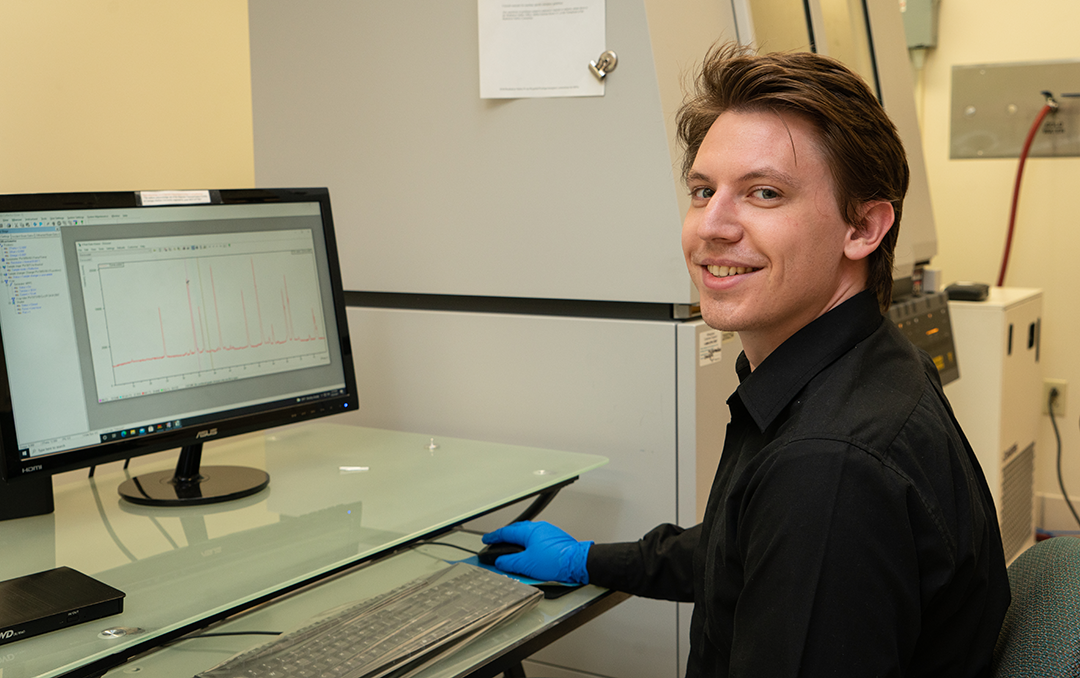The Materials Science and Engineering department has numerous research opportunities available to Carnegie Mellon and non-Carnegie Mellon undergraduate students. Many students carry out research for credit (27-555 or 27-556) or extracurricular research with individual professors; students are encouraged to contact professors directly for such opportunities. Moreover, several larger programs are housed within the department, for which additional information can be found below.
Undergraduate research
MSE students are encouraged to get involved in undergraduate research projects in a variety of formats that allow for hands-on, collaborative learning opportunities.
Capstone course
All MSE undergrads engage in research through the Capstone course where student teams join forces with industry partners to solve real world engineering problems.
Capstone projects in materials science and engineering engage a wide variety of industry leaders. Projects sponsors in recent years have included:
- Allegheny Performance Plastics
- Boeing
- Coherent
- Covestro
- JADCO
- Sandia National Laboratories
- Scaled Ionics
- SMS group
- U.S. Steel
- Westinghouse
Students also have the opportunity to explore projects inspired by faculty and graduate student research.
If your organization is interested in sponsoring a capstone project, please contact Vincent Sokalski.


